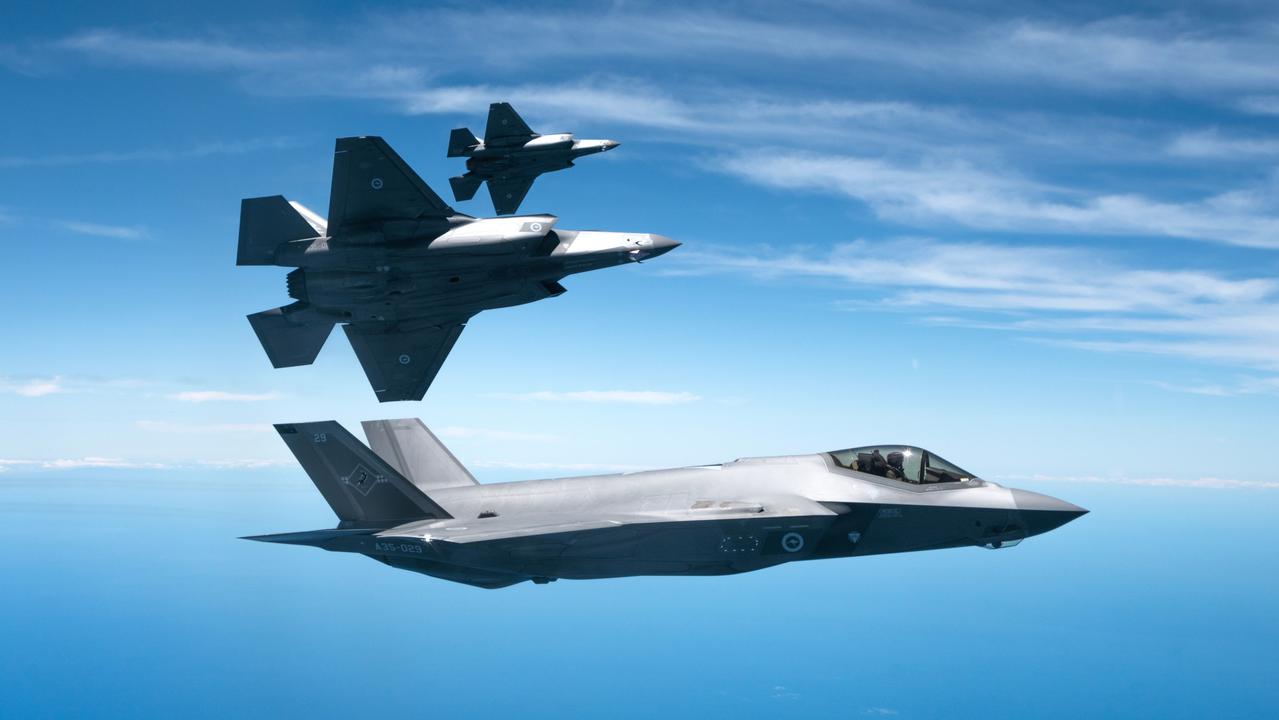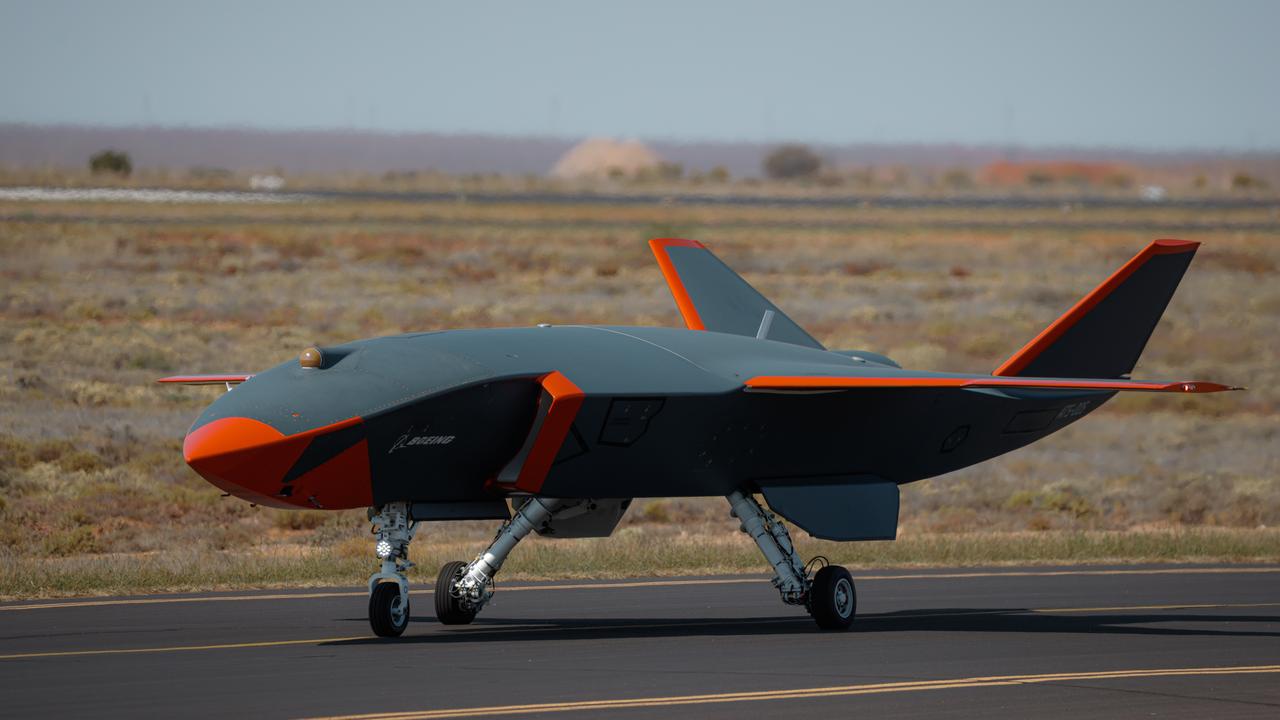Turbulent times ahead for airlines and airports
Numerous hurdles await airlines and airports as the aviation industry races to net-zero carbon emissions by 2050.

The aviation industry’s race to net-zero carbon emissions by 2050 is proving to be not so much of a sprint as an obstacle course.
Numerous hurdles await airlines and airports, from the supply of sustainable aviation fuel to the material used for runways, not to mention the very thorny questions of who is responsible for what emissions, and how they should be calculated.
Given the size of the challenge, Australian Airports Association chief James Goodwin is hopeful connectivity won’t be compromised as airlines seek to reduce emissions.
“Most international airlines flying into Australia will be owned overseas and they have to decide with their own carbon emissions goals whether Australia is too far to fly to,” he says. “Australia should not be put at a disadvantage because of our distance. That would be devastating for our economy, our tourism, our trade and the important freight carried by airlines.
“We want to make sure Australia is still seen as a very attractive place for international airlines to fly to; that’s very important as well.”
It all adds up to a Herculean task, perhaps even more so for airports due to the diverse nature of their infrastructure and wide range of third-party users.
Goodwin says it is still unclear who’s responsible for exactly what emissions in an airport environment, where retailers work alongside car hire companies, caterers, refuellers, ground handlers and a raft of other businesses.
“Is aviation just the airlines and the aircraft or is it the value chain up and down the passenger journey? That’s some of the clarity we would be seeking from the government,” he says.
As a first step, most airports are tackling Scope 1 and 2 emissions through initiatives such as building design, energy-efficient lighting and heating, rainwater harvesting, and solar panels.
Scope 1 covers direct emissions from controlled or owned sources, and Scope 2 is indirect emissions from purchased electricity, heating and cooling.
The next step promises to be much more challenging because of the uncertainty surrounding the needs of airline customers, most of whom are expected to transition to alternative fuel sources in the next 15 to 20-years. That is likely to mean providing infrastructure for sustainable aviation fuel (SAF), green hydrogen, and electric aircraft as well.
“It’s very important (airports) are part of these conversations,” Goodwin says. “What we don’t want to get into is a situation where we’re having to have parallel fuel tanks or have to build more infrastructure in order to have the sustainable aviation fuel. By that, what we mean is if one airline doesn’t want to use SAF but one does that would mean we would have to have different fuel tanks and that’s not going to be of any net benefit to the aviation sector.”
Runway surfaces loom as another issue for airports, with regular resurfacing works producing significant emissions.
“We’re working with partners in the road space and looking at some of the work they’re doing with recycled materials to see if they’re appropriate for airfields,” says Goodwin.
The issues confronting the aviation industry are among those being tackled at the International Business, Environment and Climate Conference (IBECC) in Cairns in May.
An initiative of the North Queensland Airports Group, Cairns Airport general manager Richard Barker says the location itself is a timely reminder of why targets such as net zero by 2050 exist.
“Our region is heavily dependent on a sustainable natural environment, so we thought it was important to take a leading role in our community as we transition towards our aspirations for carbon net zero and improving biodiversity,” Barker says.
Although aware of the hurdles facing the industry, Barker is optimistic that technology will help airports and airlines achieve their ambitious goals.
“To me, sustainability and growth don’t have to be mutually exclusive so we’re growing the regional tourism economy here and we’re reducing our environmental footprint with vastly more efficient aircraft.”



